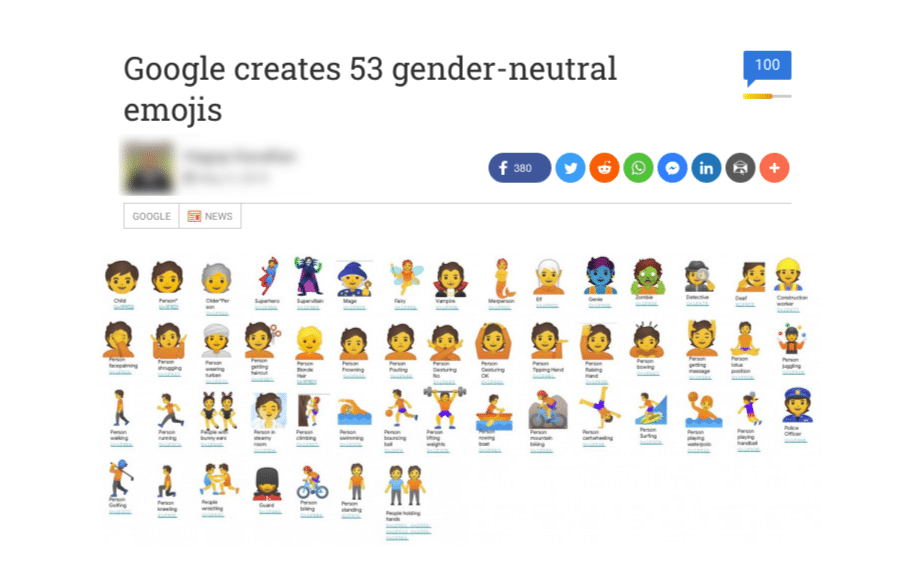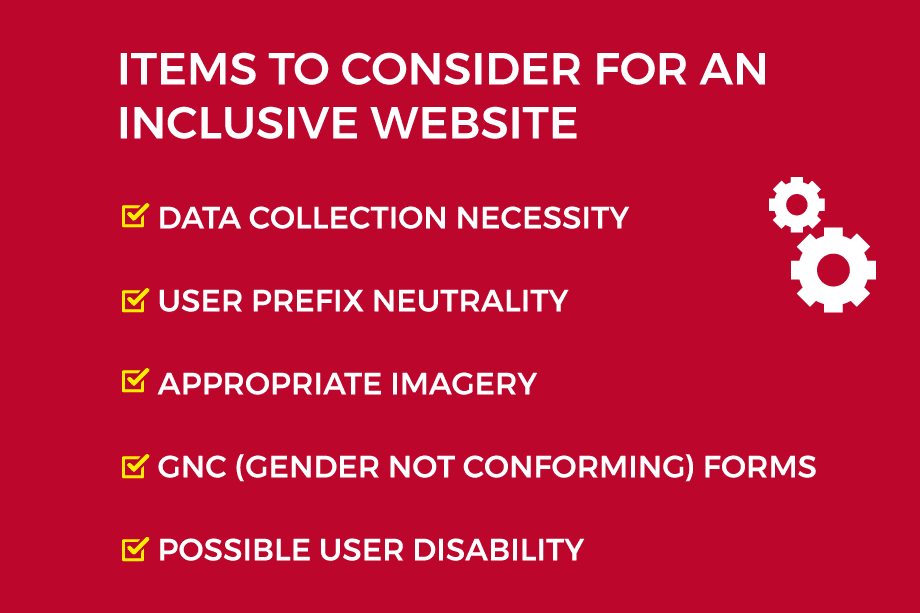Social inclusion is a concept that many Cypriot companies might not be familiar with yet, but it is becoming increasingly popular worldwide. Implementing an inclusive design is not just a politically correct practice but a change in culture that will make your business accessible to a wider audience.
This new approach in the design industry – inclusive web design – has not yet fully been adopted in Cyprus where the majority of websites remain inaccessible to impaired users. This article will introduce you to the basic principles of inclusivity and inclusive web design which can ensure web accessibility for everyone.
What is Inclusive Web Design
Inclusivity is the practice of including people who might otherwise be excluded or marginalized, such as those who have physical or mental disabilities and members of minority groups. Inclusive web design is the application of that practice on the design process of websites, applications, browsers, and other digital content in order to ensure that the final product is usable to as many individuals as possible.
Within the last few years, inclusive design has become a keyword in the web design industry and companies are constantly trying to improve their websites to ensure that they are accessible and they suit the needs of anyone, regardless of race, sexuality or gender identity.
Take for instance Google, who recently released over 60 new gender-neutral emoji’s to actively satisfy the needs of users that do not conform to any gender (GNC – Gender Not Conforming).

Inclusivity may include a number of potential pitfalls for a web designer and developer, like login pages, contact forms or imagery. How?
Well, take for example a page that includes a contact form. This page must have good contrast and large enough font size to help in the correct organization of the design. If on the specific page the font is light grey and is sitting on a white background, this will make it tough for the users to read the content. A contrast colour combination will separate the different elements on a page but it will also help users who suffer from colour-blindness or other visual disabilities.
These pitfalls need to be considered and that is why designers and developers need to ensure that the right options are available and that the correct content is brought to the user.
Developing Inclusive Web Designs
One important way to develop an inclusive web design is to continuously focus on achieving it successfully. You should avoid treating it as a big problem that cannot be overcome.
This can be achieved by remaining actively aware through every phase of the web design project in order to maintain inclusivity. All team members working on a web design project must have an understanding of the various features of a website that can be optimised to enable inclusivity.
This should not end here, rather it must be a consistent process of identifying ways to improve website features and aspects.
Make the Change and Welcome Inclusive Web Design
At Web Theoria, we follow a set of procedures and steps that prove to be more accommodating to a wide variety of users. Consider the following:
1. Ensure your forms or sign-up sheets cater to all users.
2. Consider if you need to collect personal data from your users.
3. If the need arises to ask a user’s gender, consider using a reassuring language to explain why and offer the options, “Other” or “Prefer not to say”.
4. When asking for a user’s title, ensure you have the options “Mx”, instead of the traditional “Mr, Mrs and Ms”.
5. Regarding the imagery, ensure you use a wide range of subjects including multicultural, various age groups or disabled characters.

To Conclude
As time progresses, so does the importance of preferences and the provision of services. The same can be said for the web design industry here in Cyprus. As previously mentioned, web designers and developers must be aware and up to date when it comes to inclusivity. Here at Web Theoria, we make sure that our inclusive websites cater to everyone, are accessible by them and ensure that they feel welcome and reassured.
Contact us for your consultation and let’s make your website accessible to all via inclusive web design.
Published on January 03, 2020



